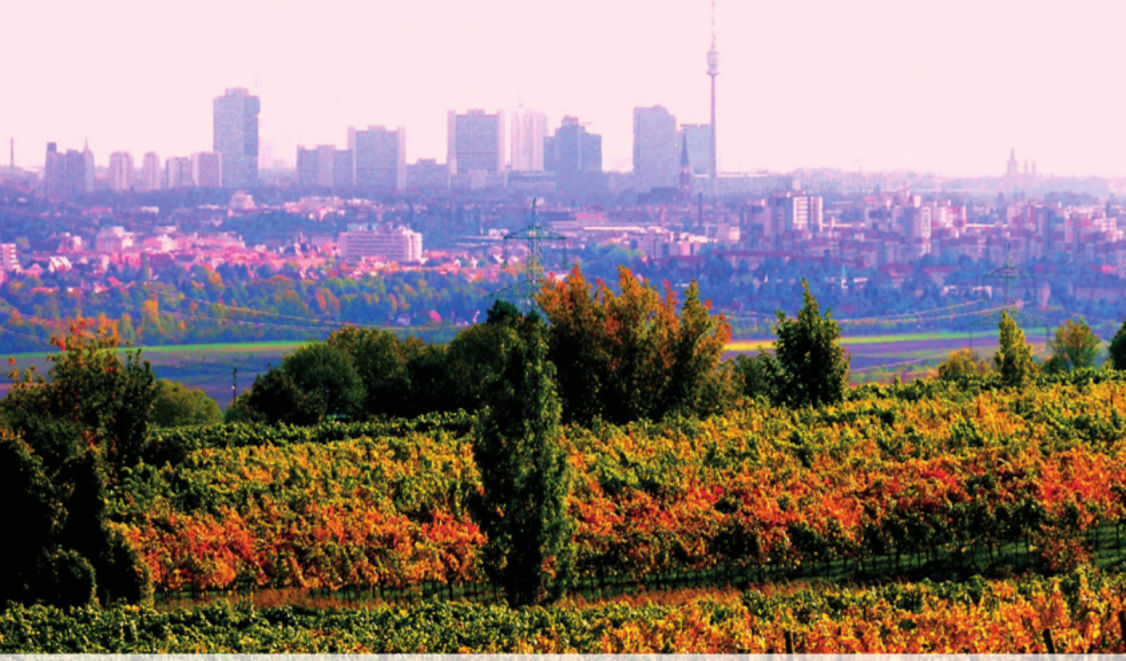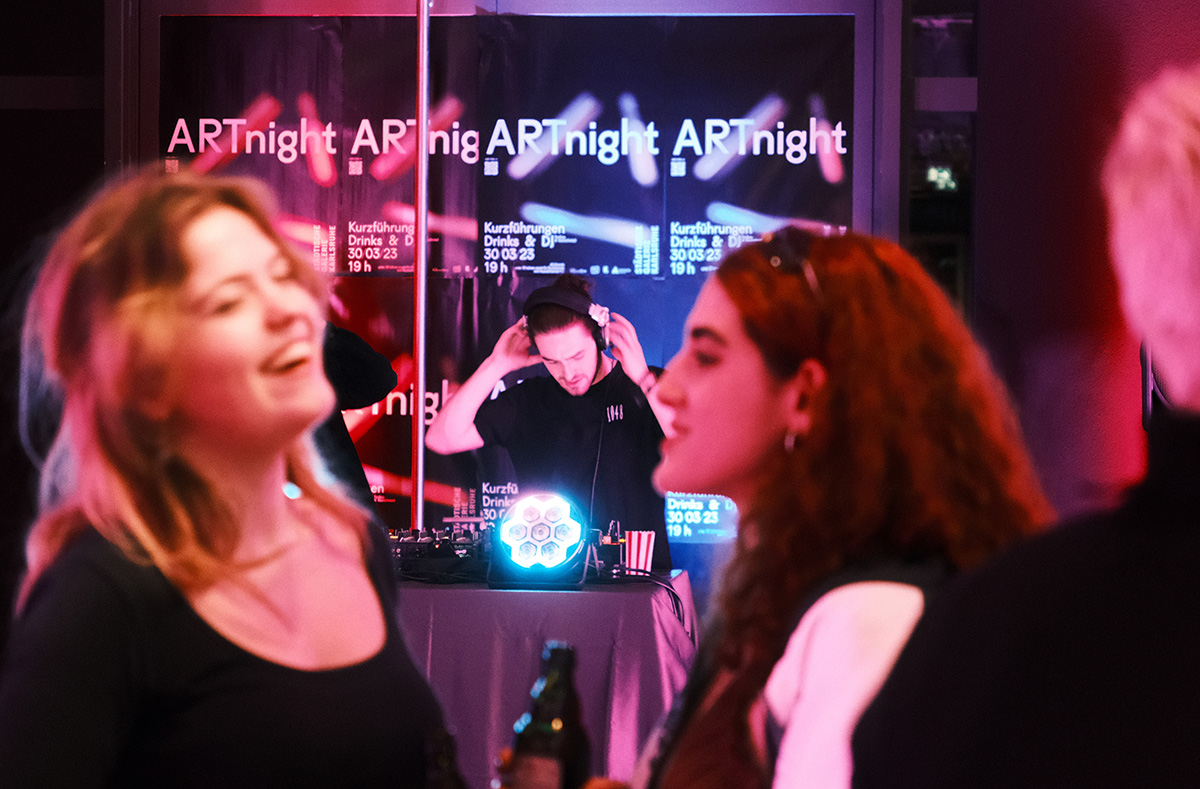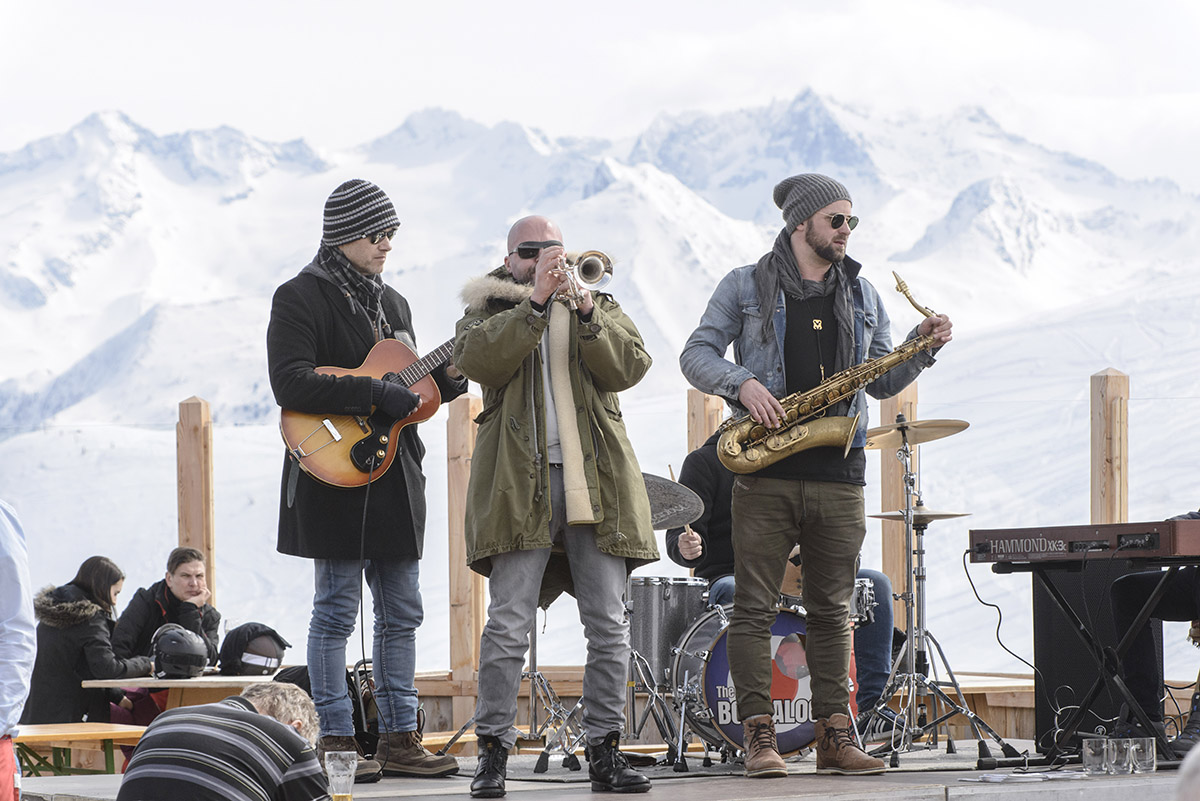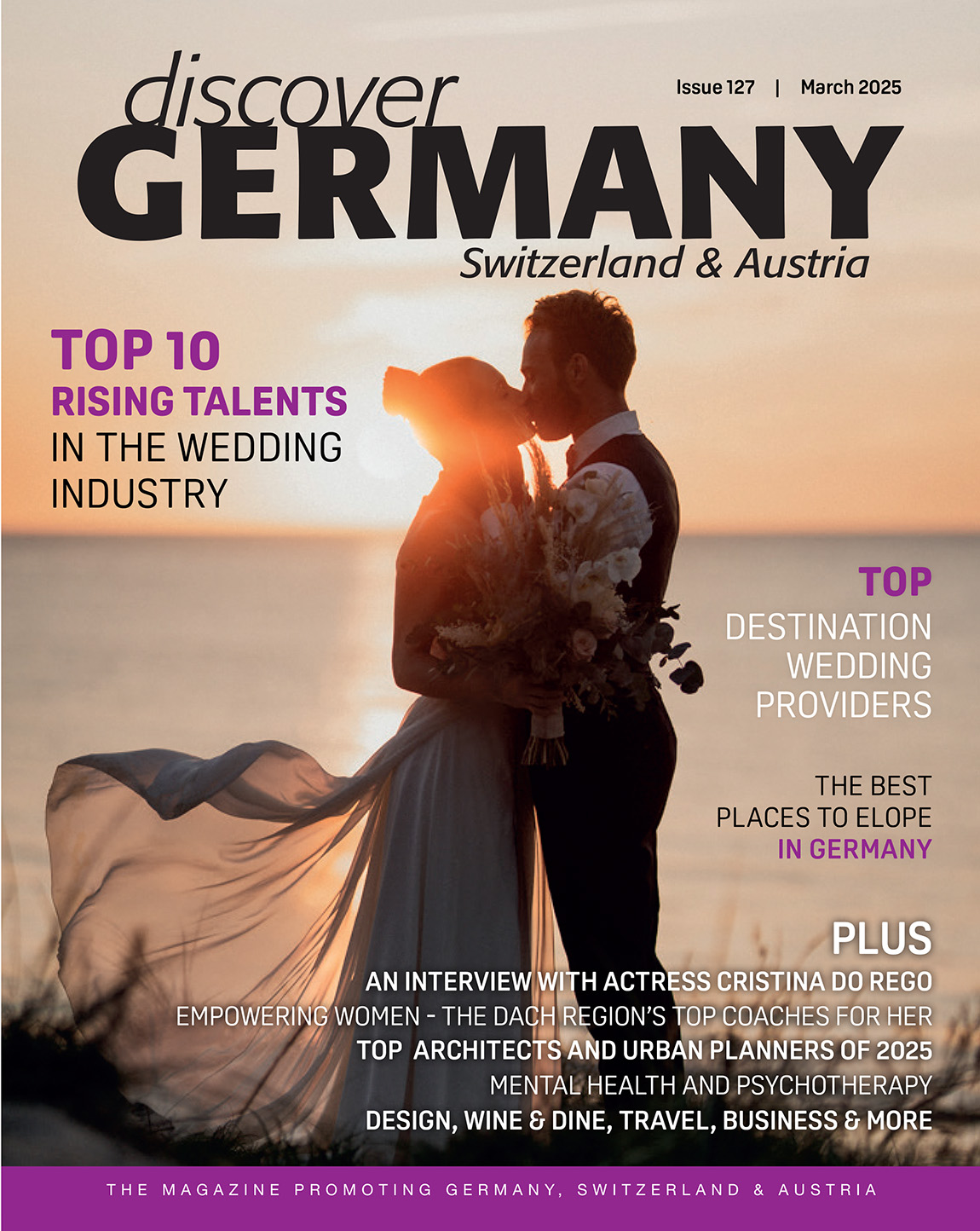Wine in Vienna

No other capital city, no other metropolis in Europe or the rest of the world, can boast actual working vineyards like Vienna: there are 680 hectares of vineyards within the city limits, 612 of which are currently producing wine – that is the equivalent of almost 85 Wembley-sized football-pitches.
The vines and vineyards are tended by more than 230 growers and about 80 small wineries turn the grapes into wine. In 2010 the output was 16,750 hectolitres, or 2.23 million bottles. And while this represents a little less than 1% of the entire Austrian wine production, very few of these Viennese bottles ever leave the city – they are mainly drunk in Vienna, in the many so-called Heurigen inns or Buschenschanken without which there would be no Viennese viticulture: their importance and history ensured that the vineyards which are as old as the city itself are still lining the fringes of the Austrian capital.
Maintaining the unique viticulture
Ever since the Austrian Emperor Josef II decreed in 1784 that every winegrower had the right to sell his own wine on the premises directly to customers, these inns became part of the very fabric of Vienna. For Viennese winemaker Rainer Christ, Heurigen have become “an institution that is inextricably linked with the name of this city.” Without their popularity and the ready market they provide for the local wine, Viennese viticulture would have been eaten up by urbanisation a long time ago. They are, in fact, an ideal wine marketing proposition: they provide a unique, local and authentic product to a prosperous, thirsty metropolis without an intermediary. And not only the Viennese are thirsty, so are the millions of visitors to whom a Heurigen visit is as obligatory as climbing the Eiffel Tower in Paris. Initially, these inns were impromptu affairs, signalling the sale of wine by fresh tree branches hung outside the winery, hence the word “Buschenschank”. The word “Heuriger” refers to the fact that young wine, from the current harvest year, i.e. “heuer” in Austrian dialect, was being served.
The Austrian grape
Today, there are both simple, temporary Buschenschanken, opening for just a few weeks each year and more permanent Heurigen. Neither are they the makeshift inns of old – today’s Heurigen are proper bistro-bars, some of them icons of modern architecture – like Rainer Christ’s streamlined new edifice. But what about the wine? The indigenous Austrian grape Grüner Veltliner is the most planted variety, it makes slender-bodied, dry, peppery whites that are easy to like, easy to drink and easily paired with all sorts of food – they are a natural in a Heurigen setting. Then there are Riesling, Pinot Blanc and Chardonnay as well as Austria’s wonderful indigenous but little-known varieties: white Neuburger is textured, rounded and nutty while Rotgipfler, a white variety with reddish shoots and leaf tips, is peachy and very aromatic. But Vienna’s most authentic and historic wine is “Gemischter Satz”– this is a blend of white grape varieties that are planted together in the same vineyard and co-fermented.
Co-plantations of many varieties
In the past, before mono-varietal planting became de rigueur across the world, most vineyards were co-plantations of many varieties all of which had differing ripening times and differing susceptibilities. This biodiversity within a vineyard provided both an insurance against bad weather and disease pressure: in a cool year, the early ripening varieties would make the wine palatable while in warm years the late-ripening varieties provided much-needed acidity and freshness.
All grapes are harvested and vinified together. Most Gemischter Satz wines contain a significant portion of Grüner Veltliner, along with other local and white varieties, but never more than 50% of the total. “Once again,” says Rainer Christ, “Gemischter Satz is Vienna’s most important white wine.” Christ himself was instrumental in promoting this almost completely outmoded way of winegrowing.
Old winemaking prevails
The efforts of a small group of Vienna winemakers to rehabilitate and reinvigorate this “most traditional way of viticulture” are soon to be crowned with Austria’s latest DAC – the Districtus Austriae Controllatus, a quality appellation enshrined in Austrian wine law. “We are really excited,” says Christ, “the national wine committee has just ratified the DAC and thus ensured the continued existence of Viennese Gemischter Satz for generations to come. ”With any luck the final ministerial sign-off will come in time to qualify the 2013 harvest for this latest Austrian DAC. “Within a short decade,” smiles Christ,“ we have created a new dynamic that makes it really interesting to work here.” It will be even more exciting to drink one of Europe’s most authentic white wines – off to the next Heurigen!
By Anne Krebiehl, published in Discover Germany issue 6 – August 2013 | Photos: Press Photo
Subscribe to Our Newsletter
Receive our monthly newsletter by email




